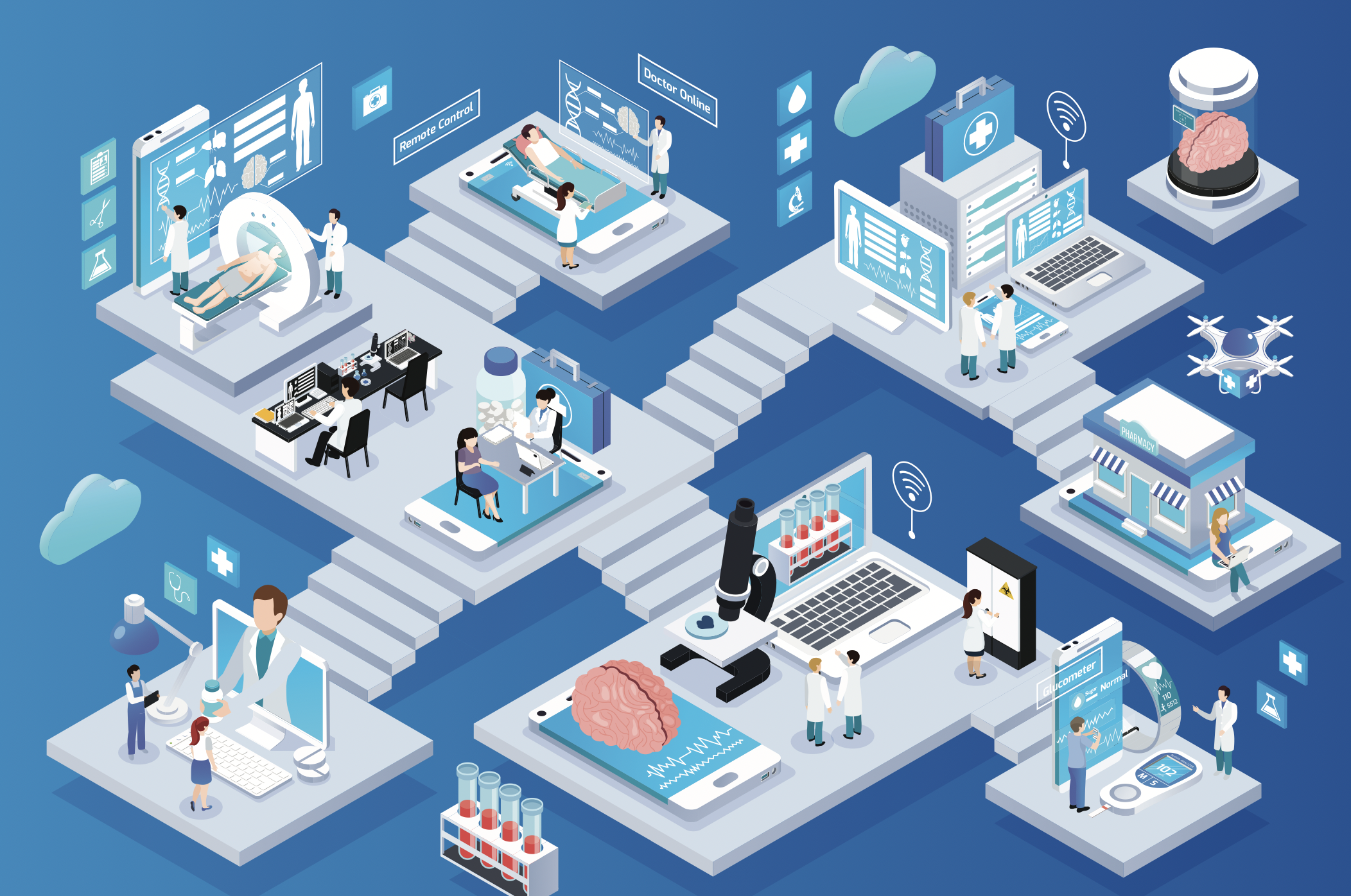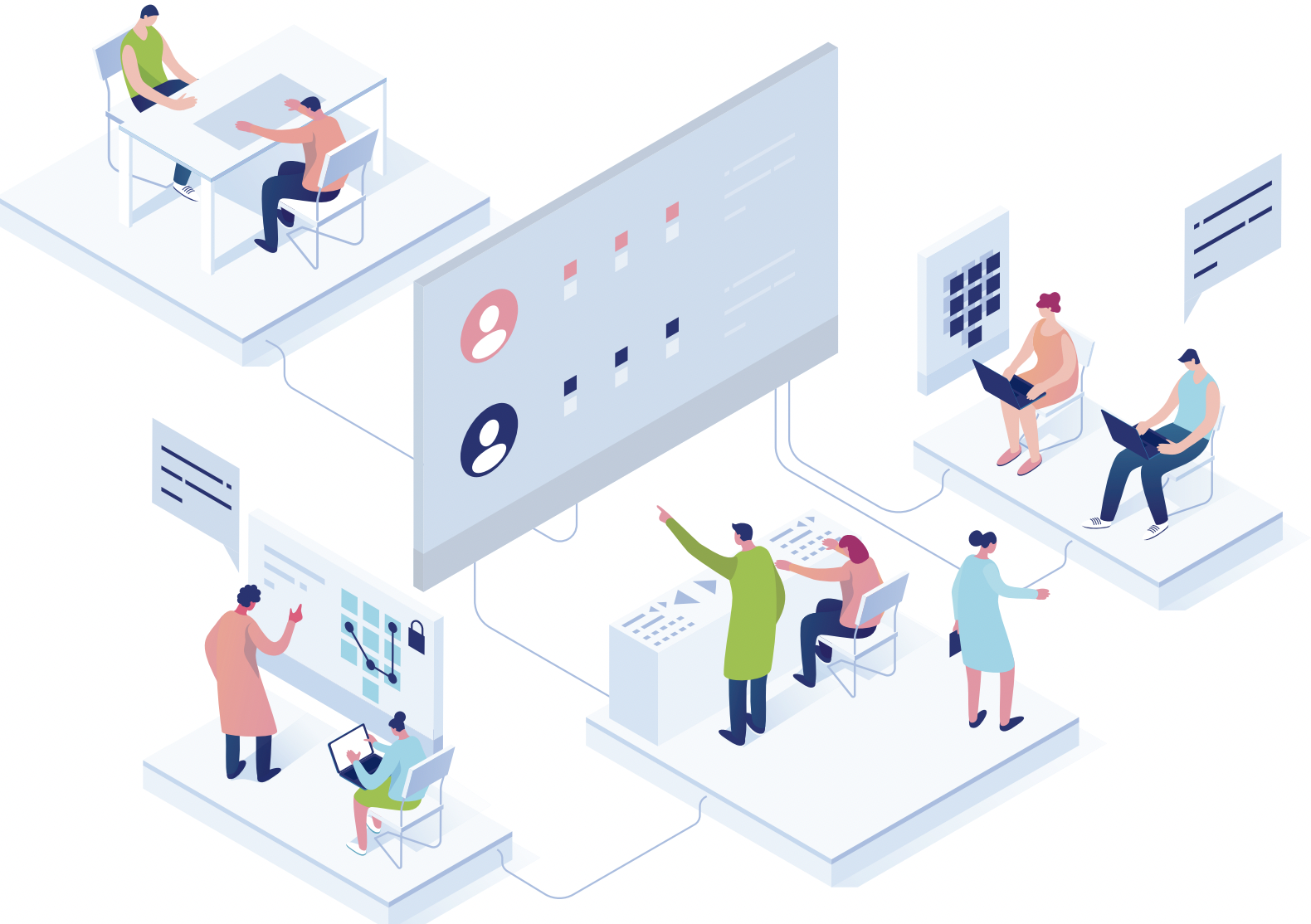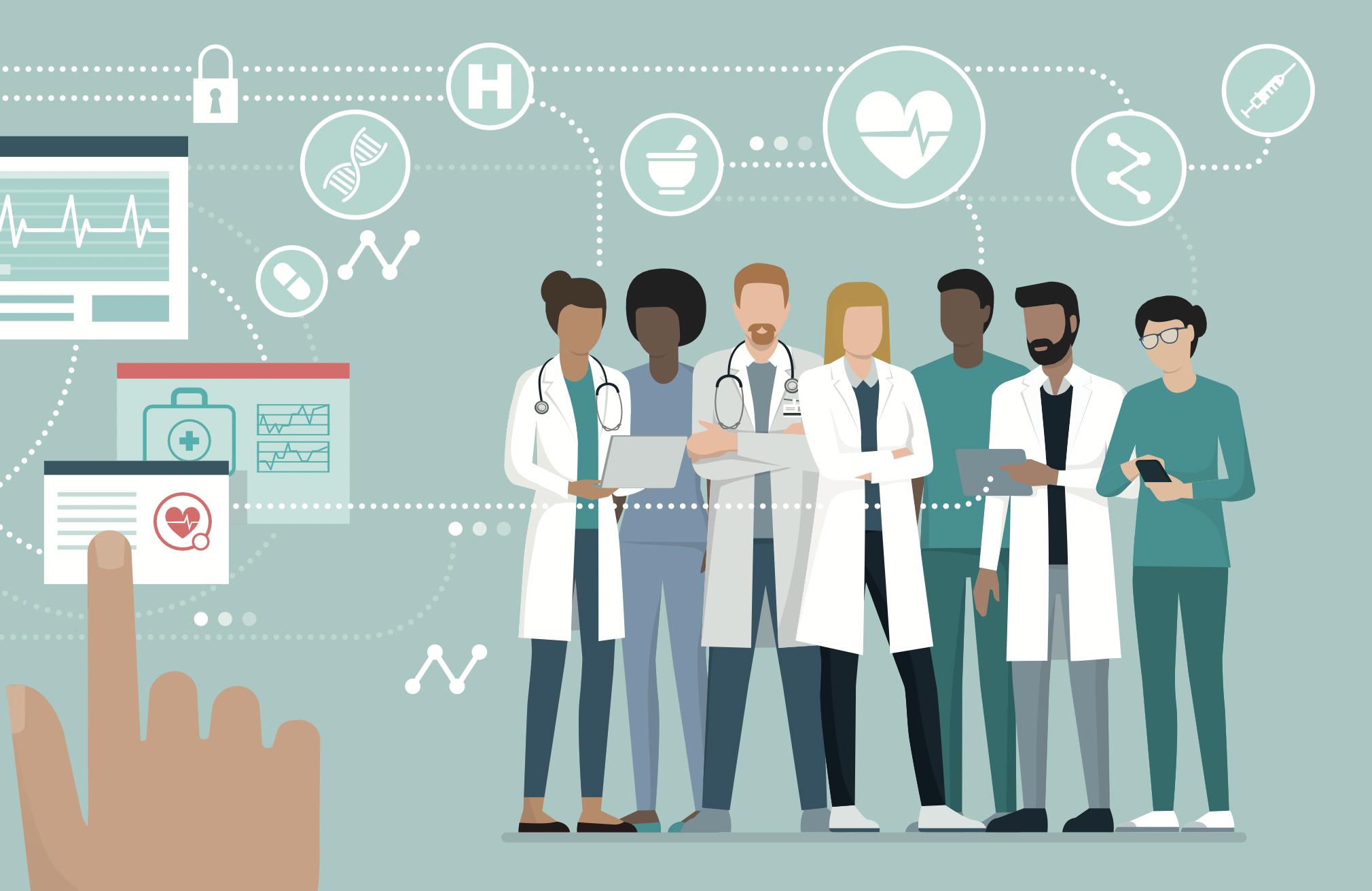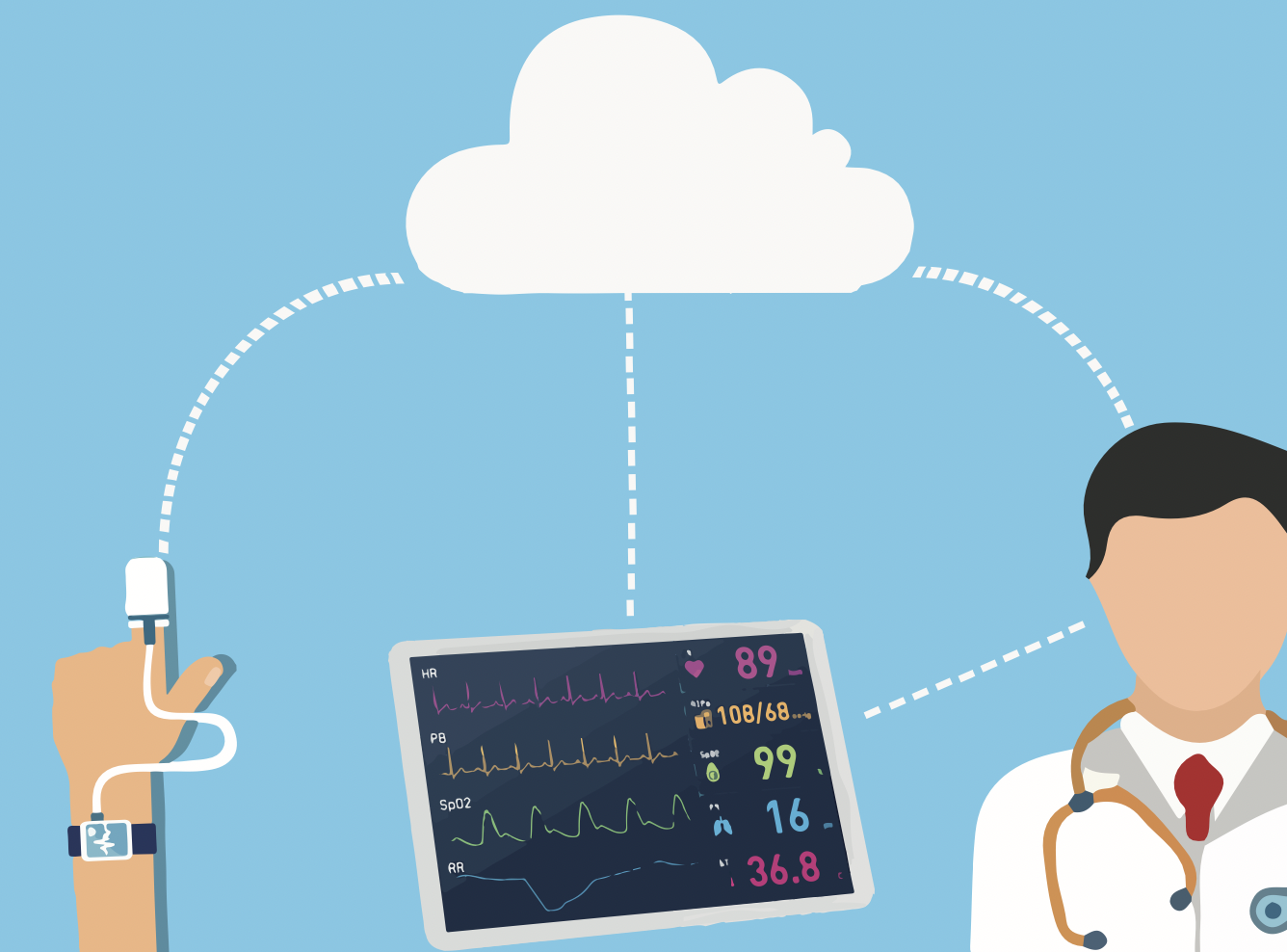Note: This is part I in the series: Why It's a Great Time to Start Remote Patient Monitoring (RPM)
Check out the rest of the series:- Part I: 3 Reasons Remote Patient Monitoring (RPM) is Great for your Patients
- Part II: 5 Ways Remote Patient Monitoring (RPM) is Great for your Business
- Part III: 5 Ways New Technologies are Making Remote Patient Monitoring (RPM) Easy
A unique combination of factors has made 2021 a fantastic time for providers, payers, and providers to think about getting started with—or expanding—their Remote Patient Monitoring (RPM) and other virtual care programs. These virtual care programs are considered a subset of the broader shift towards telehealth. This series will look at how we've arrived at this unique point in time and what has changed to make RPM a "must-have" offering in 2021, and looking forward into 2022 and beyond.
COVID has played a role in RPM and other forms of telehealth adoption, as we will explore in the series. However, the general trends that will make RPM a future healthcare staple go well beyond COVID or any kind of future epidemic or pandemic-style event. These trends include patient outcomes and attitudes, reimbursement opportunities, new technologies, regulatory exceptions, and the lowering of financial and other risks to get started.
With that, we kick off with part I:
3 reasons remote patient monitoring is great for your patients
Record numbers of patients are living with chronic conditions like hypertension, diabetes, and obesity. These conditions degrade quality of life and shorten lifespan. They take "life from years" and "years from life. They are also financially expensive for patients. Fortunately, now, RPM can be a lifeline for your patients suffering from chronic conditions—especially those without the disposable income to invest in a high-cost, pay-out-of-pocket intervention. RPM is a free, high-touch, digital intervention for these patients. RPM and other virtual care programs have been shown to improve health status, quality of life, and decrease long-term costs of care. Especially, avoiding hospitalization or emergency room visits.
Of course, the acute COVID-19 population is another use case as some high-risk patients can stay home with high-touch monitoring and avoid the hospital. If their condition worsens, their care team will know and can act accordingly. If not, they have kept a hospital bed available and themselves free from other risks and costs of hospitalization.
1. Avoid acute health events
RPM will keep the patient connected to a care team on a daily basis -- it is not an "instant/always on" solution. However regular measurements from the device(s) will help the patient avoid an acute event like a heart attack or stroke.
2. Decrease healthcare costs
RPM will increase the likelihood the patient improves overall health status and reduce the likelihood they have a high-cost acute health event and/or are paying for drugs and other treatments for years if not decades.
3. Improve quality of life
RPM can improve the quality of life for the patient and their family and face-to-face care team. Patients can improve their health status. In-person teams are no longer required to capture and send certain measurements. Patients can improve their health status with a daily care coach who IS working on an ongoing care plan designed to improve their health status.
A fourth "bonus reason" is that it aligns with consumer trends around how patients want to engage with your healthcare services and programs. Even before COVID-19, 90% of patients already indicated they want RPM. They said they welcomed the opportunity to share their daily health data with their care team.
RPM and other virtual care programs are great for your patients in all dimensions. If you want to discuss the best approach for your organization, book a virtual meeting with us today!



